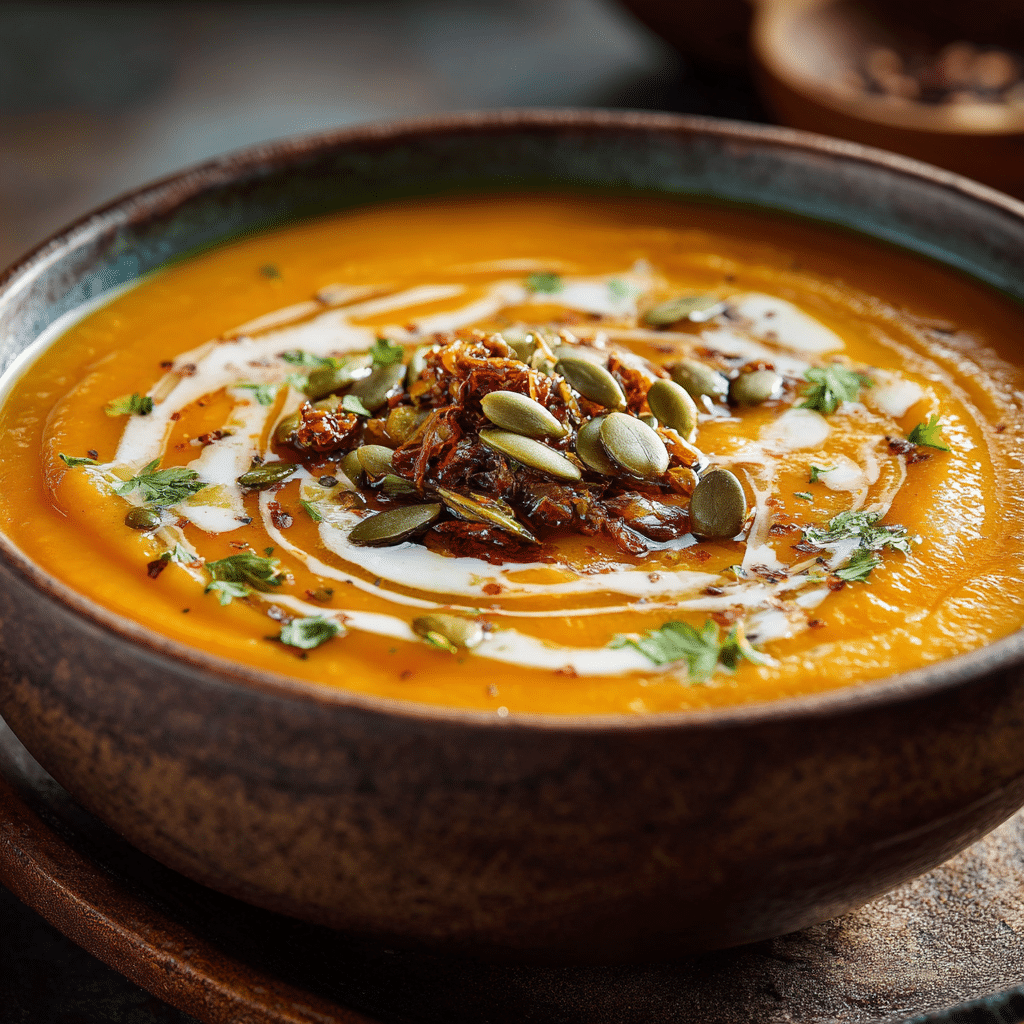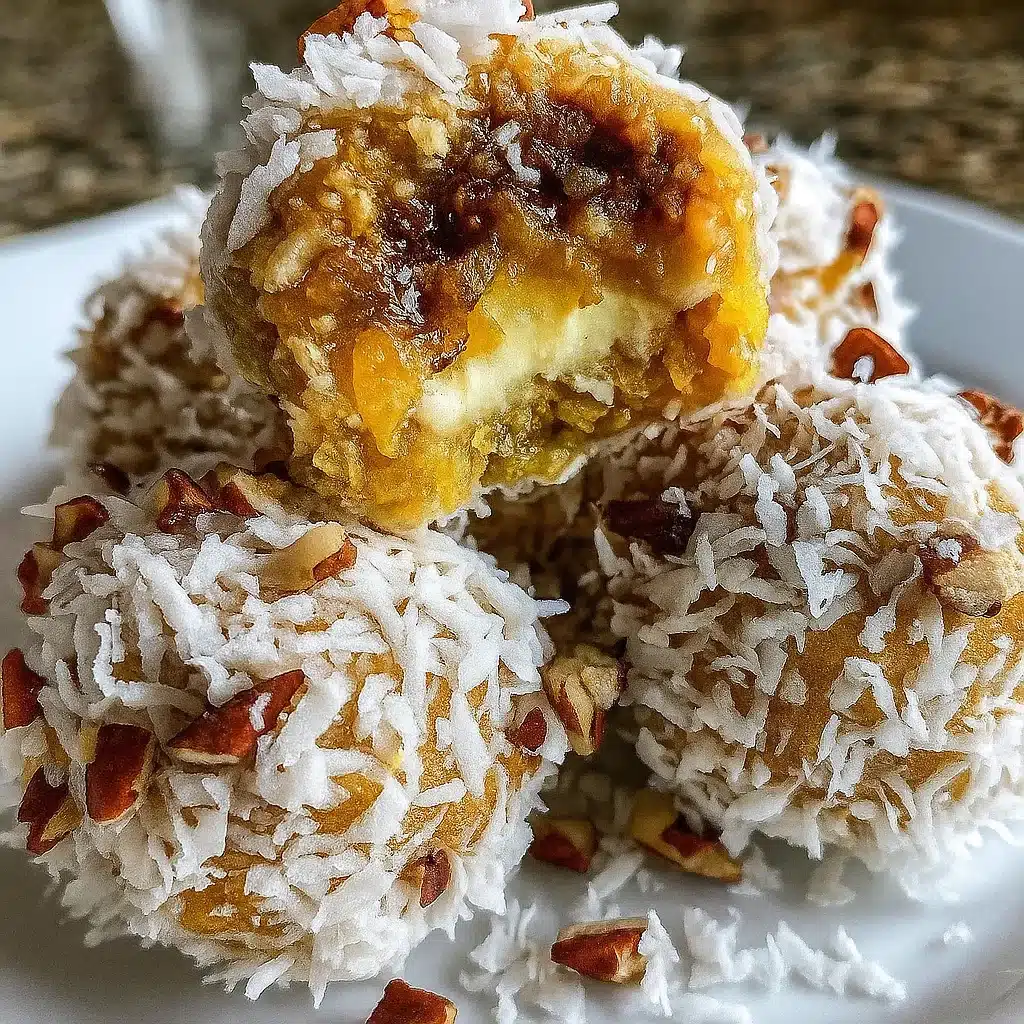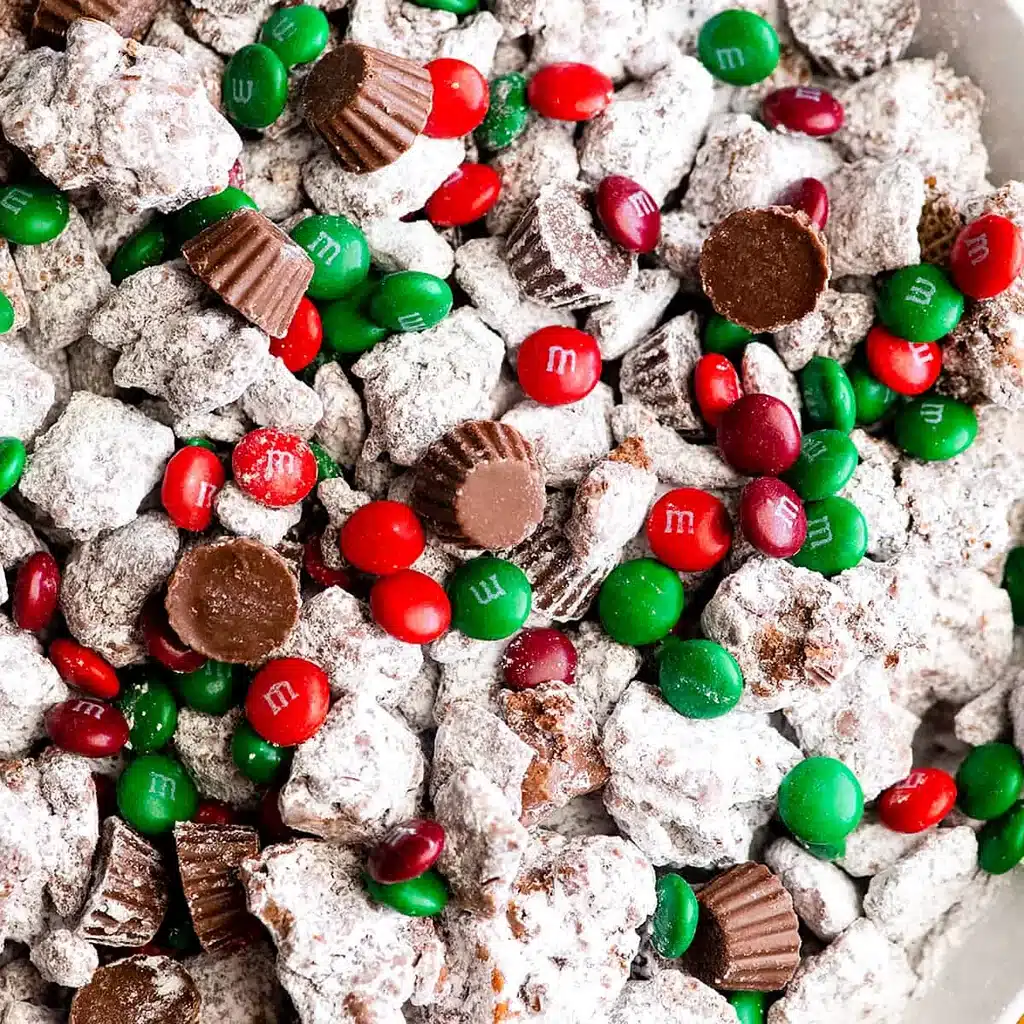When the scent of freshly baked bread fills the air in December, you know Christmas is near. Among all the festive desserts and treats, Christmas bread holds a special place. More than just a loaf, it’s a symbol of comfort, warmth, and shared tradition that transcends borders. Each country has its own version — from Germany’s fruit-filled Stollen to Italy’s airy Panettone — each bite tells a story of celebration and love. In this article, we’ll dive deep into the history, recipes, variations, and global significance of Christmas bread.
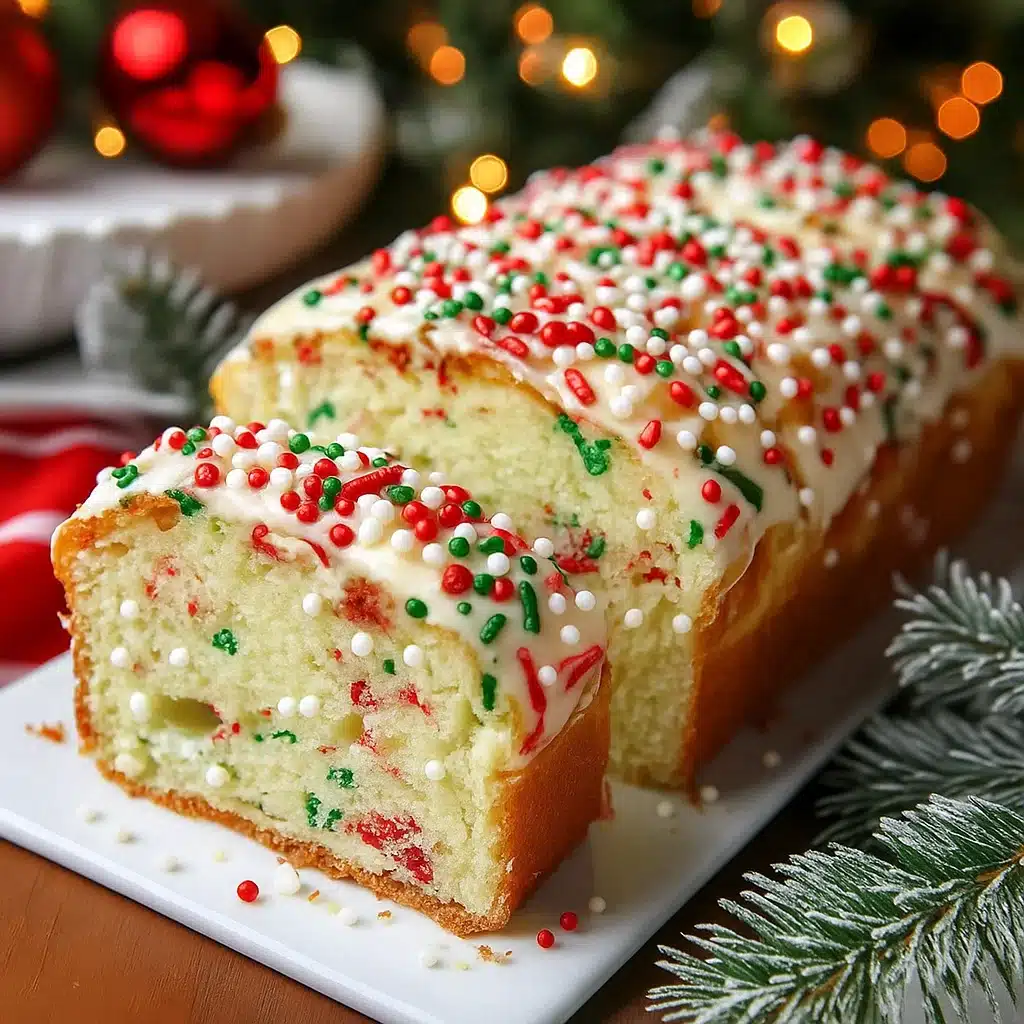
Table of Contents
Ingredients That Make Christmas Bread Special
Traditional and Modern Christmas Bread Ingredients
The secret to a perfect Christmas bread lies in the balance of flavor, texture, and festive charm. While classic recipes like Stollen or Panettone use dried fruits and spices, modern variations such as Christmas Sprinkle Buttermilk Bread bring a playful, colorful twist to the holiday table. This recipe combines traditional baking essentials with seasonal touches like red and green sprinkles that make every slice feel like Christmas morning.
Here’s what you’ll need to make one standard loaf (about 8 servings):
Print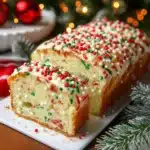
Christmas Bread – The Sweet Holiday Loaf That Brings Joy to Every Table
- Total Time: 1 hr
- Yield: 1 loaf (8 servings) 1x
- Diet: Vegetarian
Description
Festive and moist Christmas Sprinkle Buttermilk Bread — the perfect easy holiday loaf filled with colorful sprinkles and warm vanilla aroma.
Ingredients
1 ¾ cups all-purpose flour (210g)
1 teaspoon baking powder
½ teaspoon baking soda
½ teaspoon salt
½ cup unsalted butter, melted
1 cup granulated sugar (200g)
2 large eggs
1 cup buttermilk (240ml)
2 teaspoons vanilla extract
½ cup red and green sprinkles (jimmies)
Optional: 1 tablespoon coarse sugar + extra sprinkles
Instructions
1. Preheat oven to 350°F (175°C) and prepare a 9×5-inch loaf pan.
2. Whisk together flour, baking powder, baking soda, and salt.
3. In a large bowl, whisk melted butter and sugar, then add eggs, vanilla, and buttermilk.
4. Combine wet and dry ingredients gently.
5. Fold in red and green sprinkles.
6. Pour into pan, top with coarse sugar, and bake 45–55 minutes.
7. Cool on a wire rack before slicing.
Notes
Avoid overmixing to keep the bread soft.
Use jimmies-style sprinkles (not nonpareils) to prevent color bleeding.
Store tightly wrapped for up to 3 days or freeze for later enjoyment.
- Prep Time: 10 mins
- Cook Time: 50 mins
- Category: Holiday Baking
- Method: Baking
- Cuisine: American
Nutrition
- Serving Size: 1 slice
- Calories: 280
- Sugar: 22g
- Sodium: 180mg
- Fat: 10g
- Saturated Fat: 6g
- Unsaturated Fat: 3g
- Trans Fat: 0g
- Carbohydrates: 40g
- Fiber: 1g
- Protein: 4g
- Cholesterol: 55mg
Step-by-Step Guide to Making Homemade Christmas Bread
1. Preheat and Prep the Pan
Start by preheating your oven to 350°F (175°C). Line a 9×5-inch loaf pan with parchment paper or lightly grease it to prevent sticking. Proper preparation ensures your Christmas bread bakes evenly and releases easily.
2. Combine the Dry Ingredients
In a medium bowl, whisk together flour, baking powder, baking soda, and salt. Mixing these first ensures even distribution and prevents clumping later.
3. Mix the Wet Ingredients
In a separate large mixing bowl, whisk the melted butter and sugar until smooth. Add the eggs one at a time, mixing thoroughly after each addition. Then stir in the vanilla extract and buttermilk. This step creates a creamy, flavorful base for your holiday loaf.
4. Combine Wet and Dry Mixtures
Gradually add the dry ingredients to the wet mixture. Stir gently until everything is combined — but avoid overmixing, as that can make the bread dense instead of tender.
5. Fold in the Sprinkles
Gently fold in the red and green sprinkles using a spatula. These create a festive, confetti-like appearance that makes your Christmas bread visually irresistible. Be careful not to overmix, or the colors might bleed into the batter.
6. Pour and Bake
Pour the batter into the prepared loaf pan and smooth the top. For extra sparkle, sprinkle coarse sugar or extra sprinkles on top. Bake for 45–55 minutes, or until a toothpick inserted in the center comes out clean. Start checking around the 40-minute mark to avoid overbaking.
7. Cool and Serve
Let the bread cool in the pan for 10–15 minutes before transferring it to a wire rack. Once fully cooled, slice and serve with butter, cream cheese, or a dusting of powdered sugar for that snowy Christmas touch.
In the United States and the UK, Christmas bread has evolved into several delightful forms influenced by European immigrants. In the U.S., Cranberry Orange Bread has become a holiday staple — a moist, tangy loaf bursting with festive flavor. It’s often served for Christmas brunch or gifted in decorative tins. Meanwhile, Pumpkin Spice Bread adds a cozy, seasonal touch with cinnamon, nutmeg, and clove — flavors that evoke the warmth of the holidays.
Across the Atlantic, British families enjoy Christmas Tea Bread, a sweet fruit loaf soaked in tea for extra richness.
There’s also the Barmbrack, an Irish fruit bread traditionally baked with hidden charms inside to predict the future for the new year.
This ingredient list highlights the key difference between old-fashioned fruit loaves and today’s easy, colorful takes on Christmas bread. The buttermilk keeps the bread soft, while melted butter gives it a rich flavor that pairs perfectly with coffee or hot cocoa.
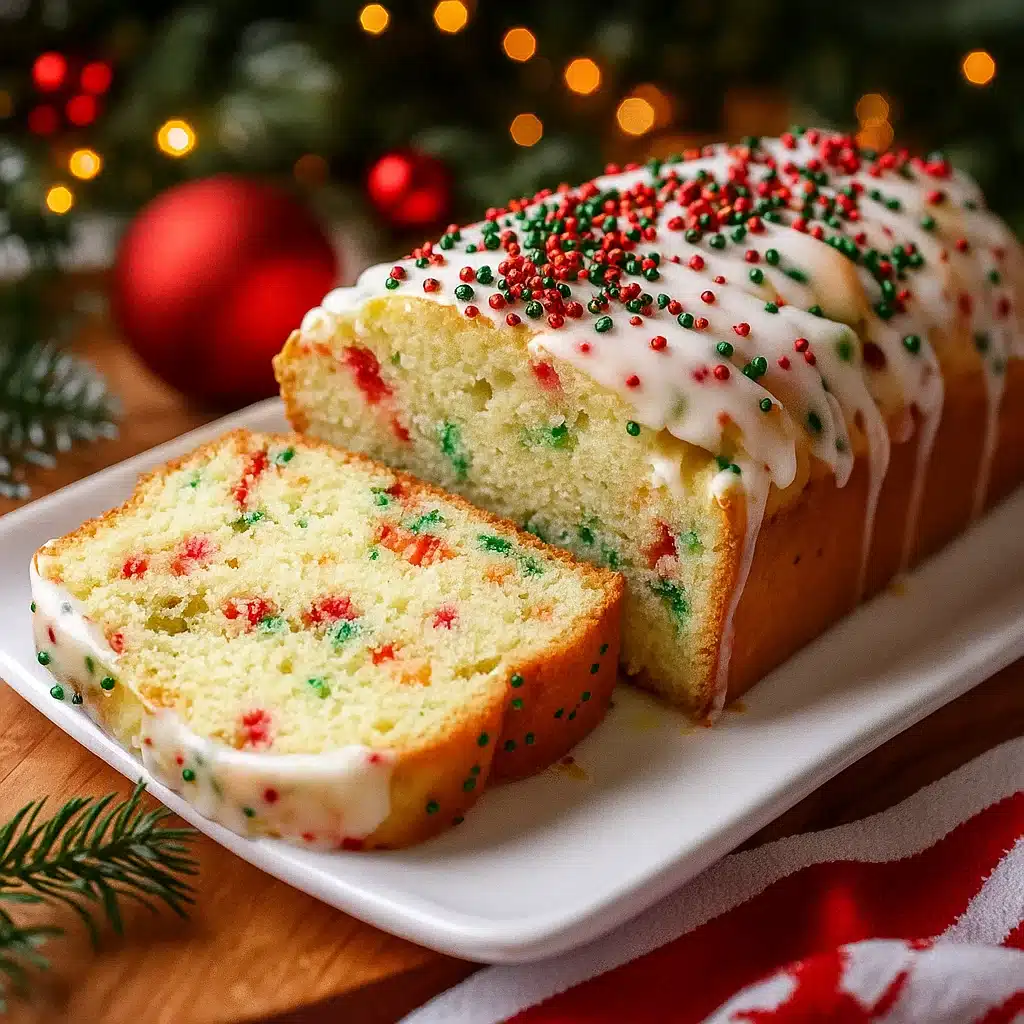
The History and Meaning Behind Christmas Bread
The Origins of Christmas Bread Traditions
The story of Christmas bread begins centuries ago, when bread was not just food but a symbol of life and generosity. Early European bakers created rich, sweetened loaves as offerings during winter festivals long before Christmas became a Christian holiday. As Christianity spread across Europe, these breads were adopted into Christmas celebrations, symbolizing hope, abundance, and unity during the coldest time of year.
By the Middle Ages, sweetened breads enriched with dried fruit and spices became a holiday staple. They were often shared among families, given to the poor, or offered as gifts — a gesture that continues today. Over time, each country developed its own unique twist, using local ingredients and traditions to express the joy of the season.
Types of Christmas Bread Around the World
European Favorites: Stollen, Panettone, and Julekake
Europe is the birthplace of some of the world’s most iconic Christmas breads, each one rich in flavor and history. Let’s start with Stollen, a German masterpiece that dates back to the 15th century. This dense, buttery loaf is filled with dried fruits, nuts, and marzipan, then dusted with a thick layer of powdered sugar that resembles freshly fallen snow. Stollen symbolizes purity and the Christ Child wrapped in swaddling clothes — a tradition deeply woven into Germany’s festive identity.
Moving south to Italy, Panettone steals the spotlight. Originating from Milan, this tall, dome-shaped sweet bread has a light, airy texture and is dotted with raisins and candied citrus peel. It’s enjoyed with coffee at breakfast or as a dessert after a hearty holiday meal. Italians often gift beautifully wrapped Panettone loaves to loved ones, making it a token of affection and prosperity.
Head north to Scandinavia and you’ll discover Julekake, Norway’s fragrant Christmas loaf. This spiced bread features cardamom, candied fruit, and raisins, often glazed with sugar icing or decorated with almonds. Its name literally means “Yule Cake,” and it’s served warm with butter during long winter evenings — a comforting reminder of family and tradition.
Christmas Bread Variations for Modern Tastes
Vegan and Gluten-Free Christmas Bread Options
The joy of Christmas bread should be shared by everyone — even those with dietary restrictions. Thankfully, modern bakers have created amazing vegan and gluten-free variations that capture the same warmth and festive flavor as traditional loaves.
For a vegan Christmas bread, replace butter with plant-based alternatives like coconut oil or vegan margarine, and use almond or oat milk instead of dairy. Flaxseed or chia “eggs” make great binders, keeping your loaf moist and tender. Coconut sugar or maple syrup adds natural sweetness without losing that classic holiday taste.
For a gluten-free version, use a blend of rice flour, almond flour, and tapioca starch. A teaspoon of xanthan gum helps with structure and elasticity. Add dried cranberries, orange zest, or chopped nuts to enhance both texture and flavor. These breads bake beautifully and pair wonderfully with vegan butter or a drizzle of maple glaze.
After all the festive indulgence, refresh your body with this Natural Zepbound Recipe — a detoxifying drink made with lemon, chia, and ginger.
Creative Flavor Combinations for the Holidays
Why stick to tradition when you can bake with flair? Home bakers are transforming Christmas bread into culinary art with bold flavor pairings and modern twists.
Try a Chocolate-Orange Christmas Loaf, blending cocoa powder, orange zest, and dark chocolate chunks for a rich, aromatic loaf that smells like pure joy. Or bake a Cranberry-Almond Bread — sweet, tangy, and perfect for breakfast or dessert. A Cinnamon Swirl Buttermilk Bread can also become a showstopper on your table, offering buttery layers of spice and sweetness.
For those who love surprises, a Stuffed Christmas Bread filled with cream cheese and fruit preserves adds a dessert-like touch. You can also experiment with spices like nutmeg, cardamom, or ginger to elevate any loaf.
Add a refreshing touch to your festive table with this Daikon Radish Pickle Recipe, a crisp, tangy side that balances out rich Christmas meals.
Mini Loaves and Gift-Sized Christmas Bread Ideas
Homemade Christmas bread isn’t just delicious — it’s a thoughtful and affordable gift idea. Baking mini loaves allows you to share the holiday spirit with friends, neighbors, or coworkers.
To make mini Christmas loaves, divide your batter among small pans and reduce the baking time to about 25–30 minutes. Wrap each loaf in parchment paper, tie it with twine, and add a sprig of rosemary or cinnamon for a rustic, cozy presentation.
You can also bake individual bread cups or muffins for easy gifting or serving at parties. Choose a variety of flavors — chocolate chip, cranberry-orange, or spiced gingerbread — and package them in festive tins or boxes. These small yet meaningful gifts spread warmth and joy long after the holiday feast.
Brighten your Christmas brunch with the Best Fluffy Yogurt Recipe — light, creamy, and naturally delicious alongside sweet breads or fruit.
Conclusion – Keeping the Spirit of Christmas Bread Alive
No matter where you are in the world, the aroma of freshly baked Christmas bread has a magical way of bringing people together. From Germany’s rich Stollen to Italy’s buttery Panettone and Norway’s cozy Julekake, each loaf carries centuries of love, generosity, and joy. Even today, modern bakers continue to reimagine this timeless tradition with new flavors, shapes, and dietary adaptations — proving that the spirit of holiday baking never fades.
FAQs About Christmas Bread
What bread is eaten on Christmas?
During Christmas, many cultures celebrate with their own version of festive Christmas bread. In Germany, families enjoy Stollen — a dense, fruit-filled loaf dusted with powdered sugar. Italians serve Panettone, a tall, airy sweet bread filled with candied fruits and raisins. In Scandinavian countries, Julekake is a soft, spiced bread flavored with cardamom and dried fruit.
In the U.S., modern households bake simpler versions such as Christmas Sprinkle Buttermilk Bread, Cranberry Orange Bread, or Pumpkin Spice Loaves. Whether traditional or modern, these breads are meant to be shared, symbolizing warmth, unity, and generosity.
What are the popular Christmas breads?
Some of the most popular Christmas breads around the world include:
Stollen (Germany): Rich, buttery bread filled with fruits, nuts, and marzipan.
Panettone (Italy): Light, dome-shaped sweet bread with raisins and citrus peel.
Julekake (Norway): Spiced cardamom loaf often topped with sugar or icing.
Kozunak (Bulgaria): Braided sweet bread with vanilla and lemon zest.
Christopsomo (Greece): An anise-flavored bread baked with a cross on top.
Rosca de Reyes (Mexico): A ring-shaped sweet bread decorated with candied fruit.
Each version of Christmas bread reflects its country’s traditions, ingredients, and festive spirit.
What is the traditional German Christmas bread?
The traditional German Christmas bread is Stollen, also known as Christstollen. This beloved holiday loaf dates back to the 15th century and originated in Dresden. Made with a rich dough of flour, butter, sugar, candied citrus, almonds, and raisins, Stollen is shaped into a loaf, baked, and coated in powdered sugar to resemble a snow-covered baby wrapped in swaddling clothes.
It’s often prepared weeks before Christmas to allow the flavors to mature. Over time, Stollen has become a symbol of German Christmas tradition, enjoyed with mulled wine or coffee.
Love festive baking and cozy recipes? Follow me on Pinterest and Medium for more Christmas bread ideas, holiday desserts, and behind-the-scenes baking stories that warm the season.

